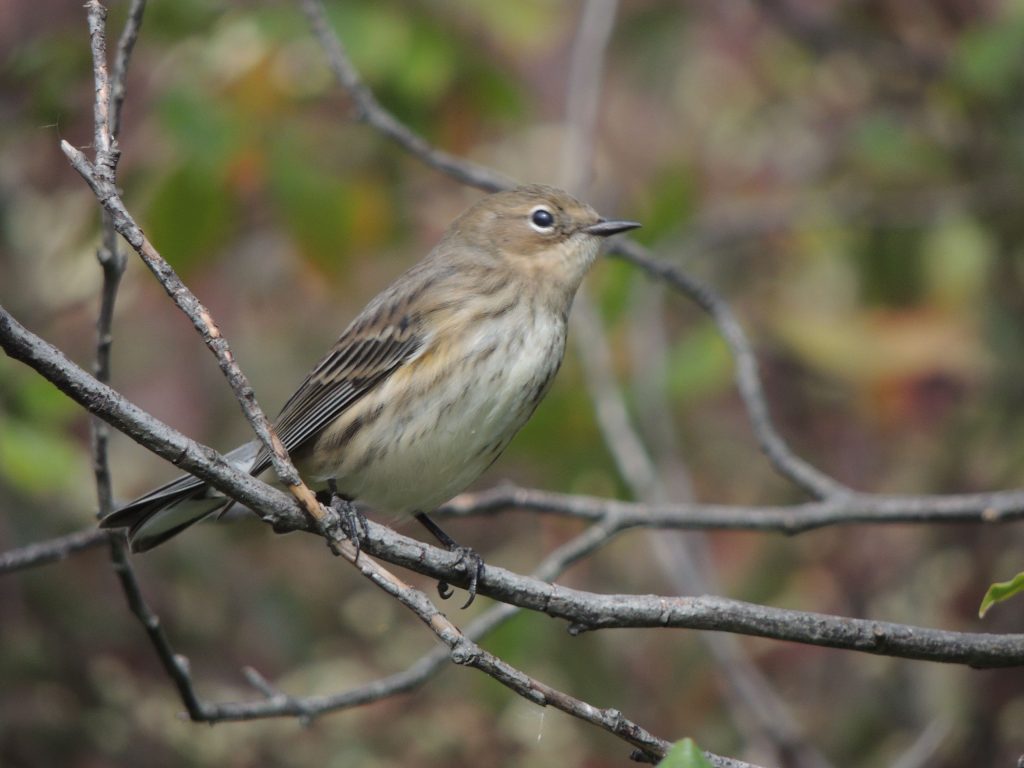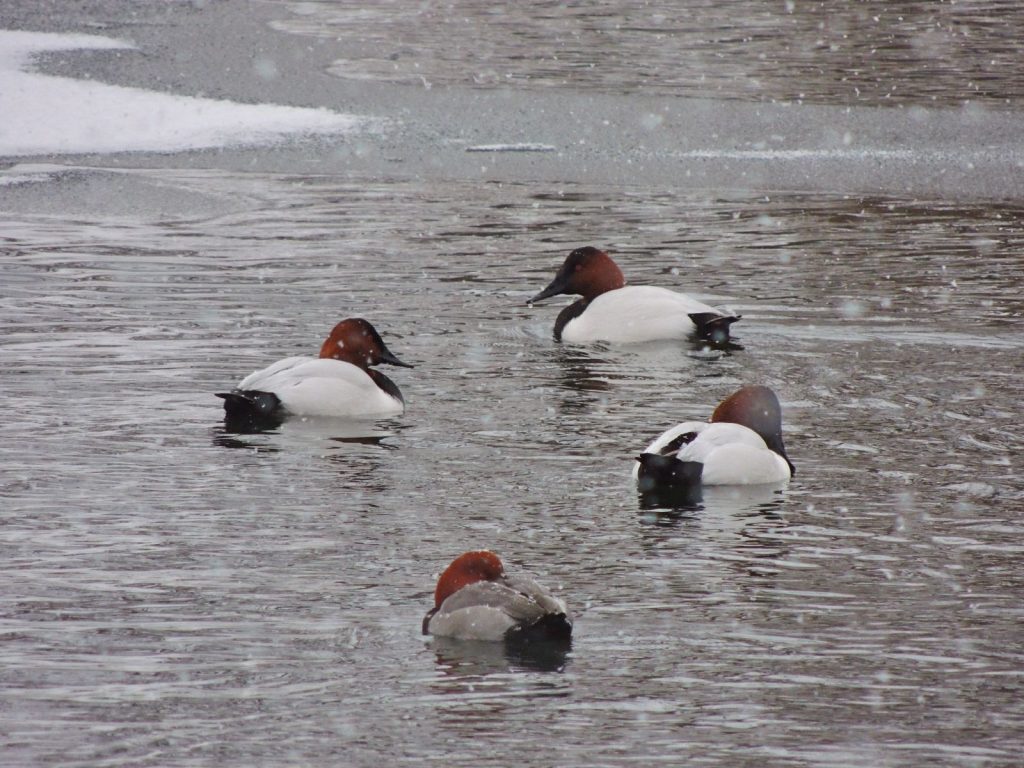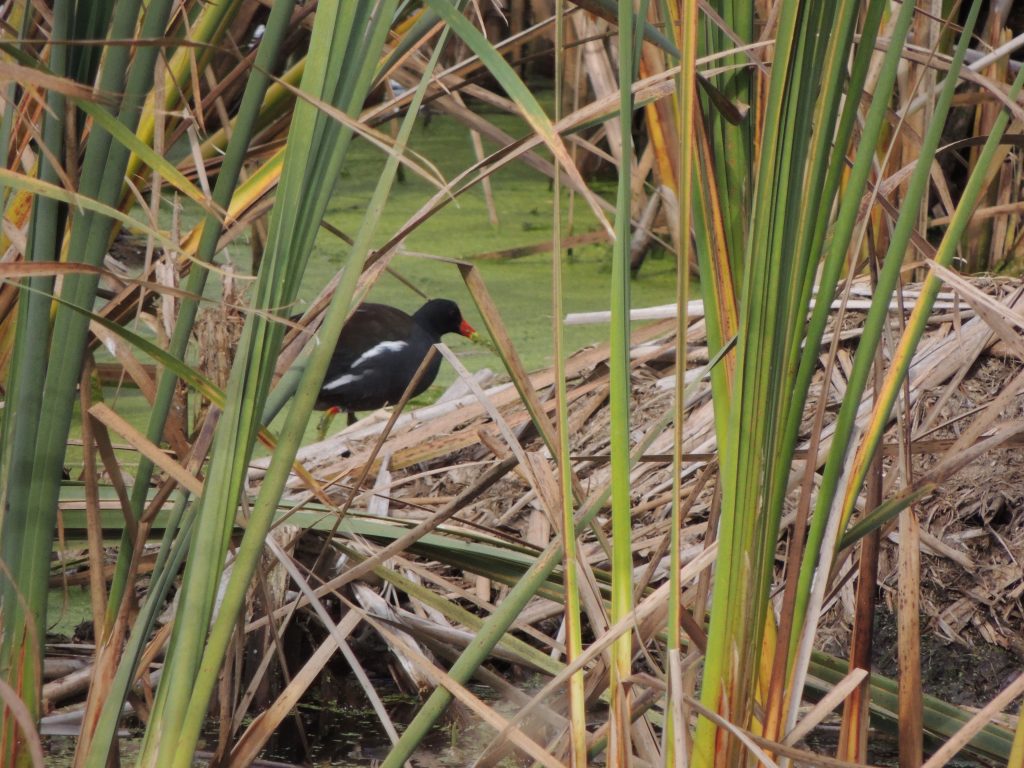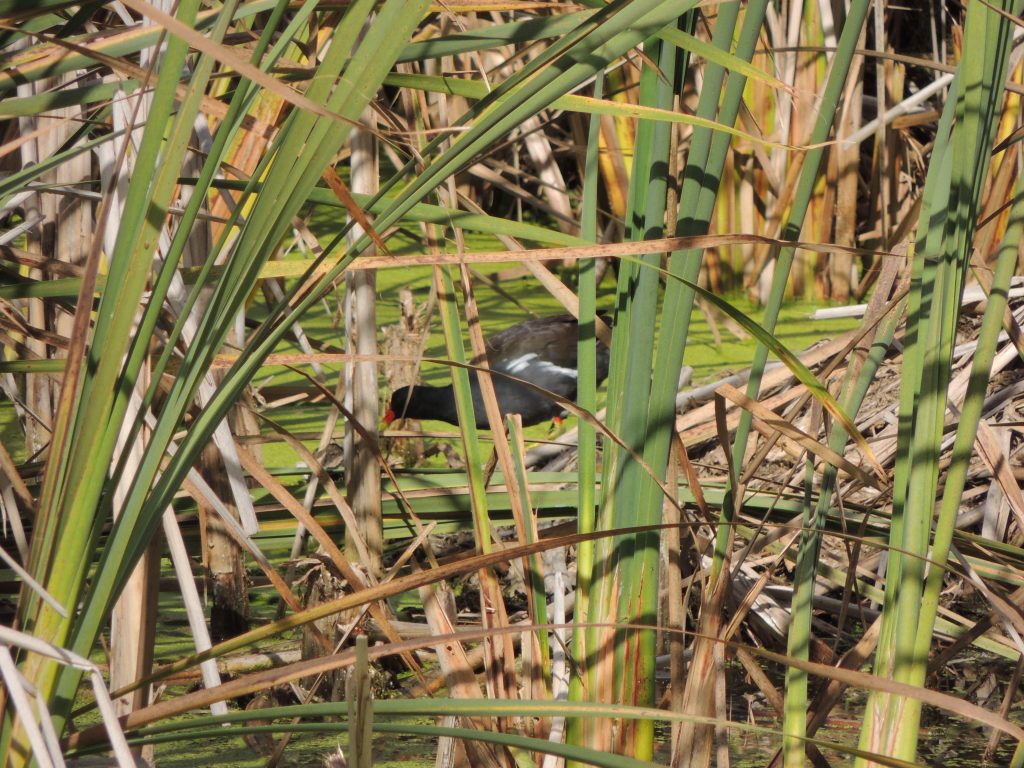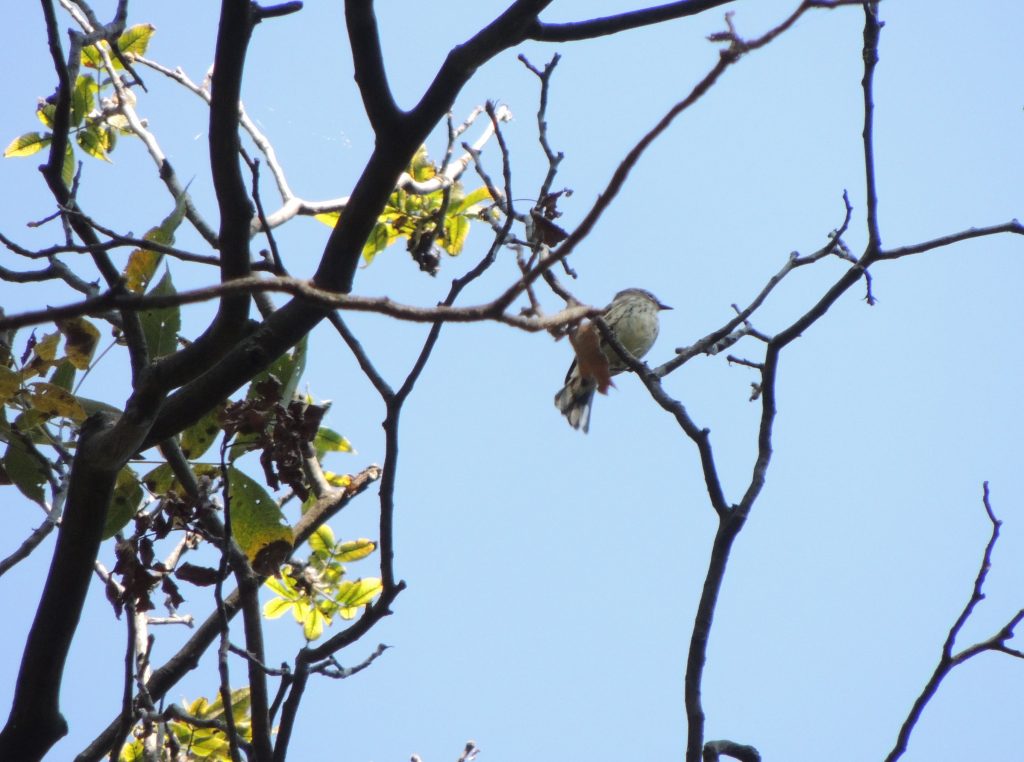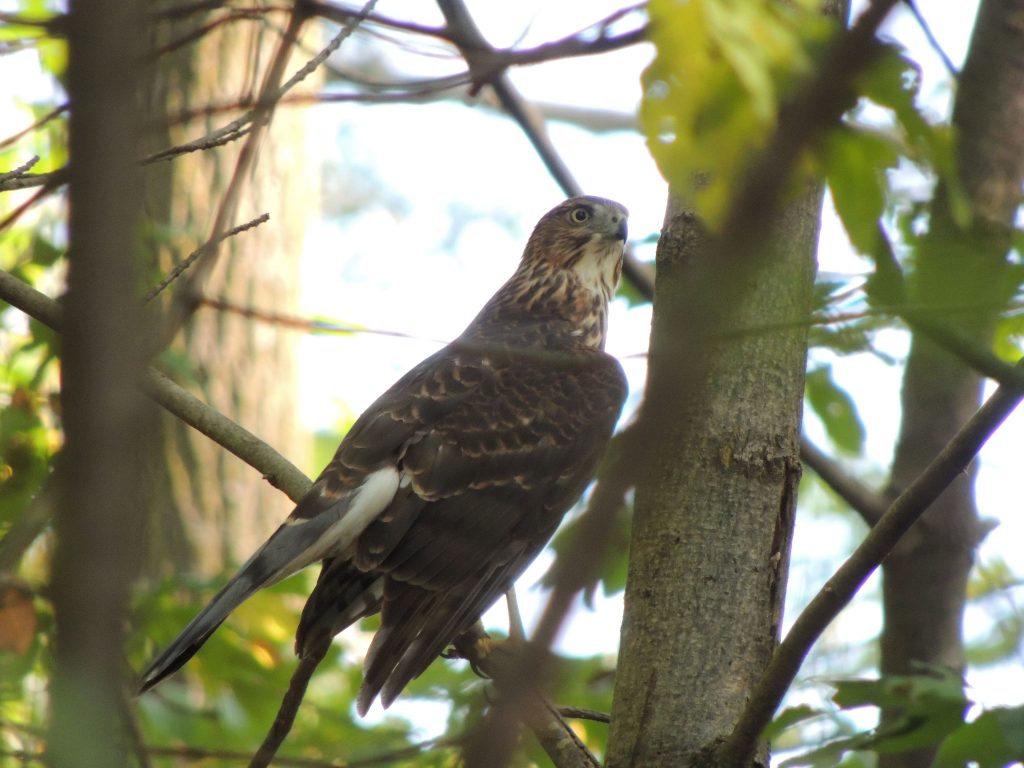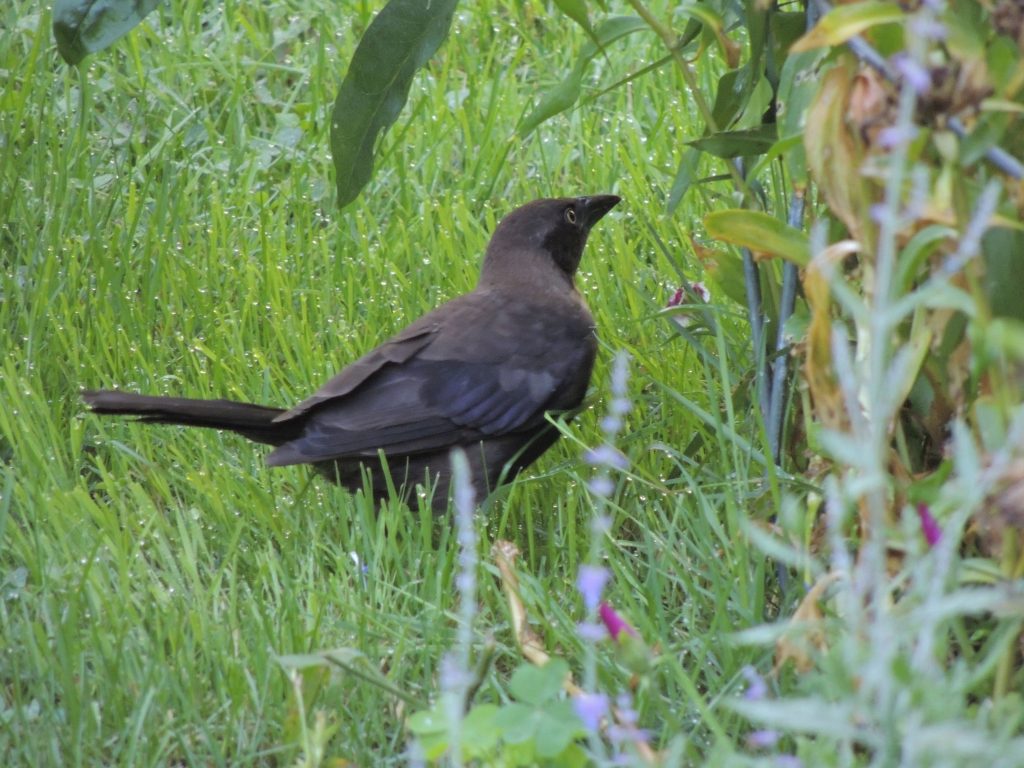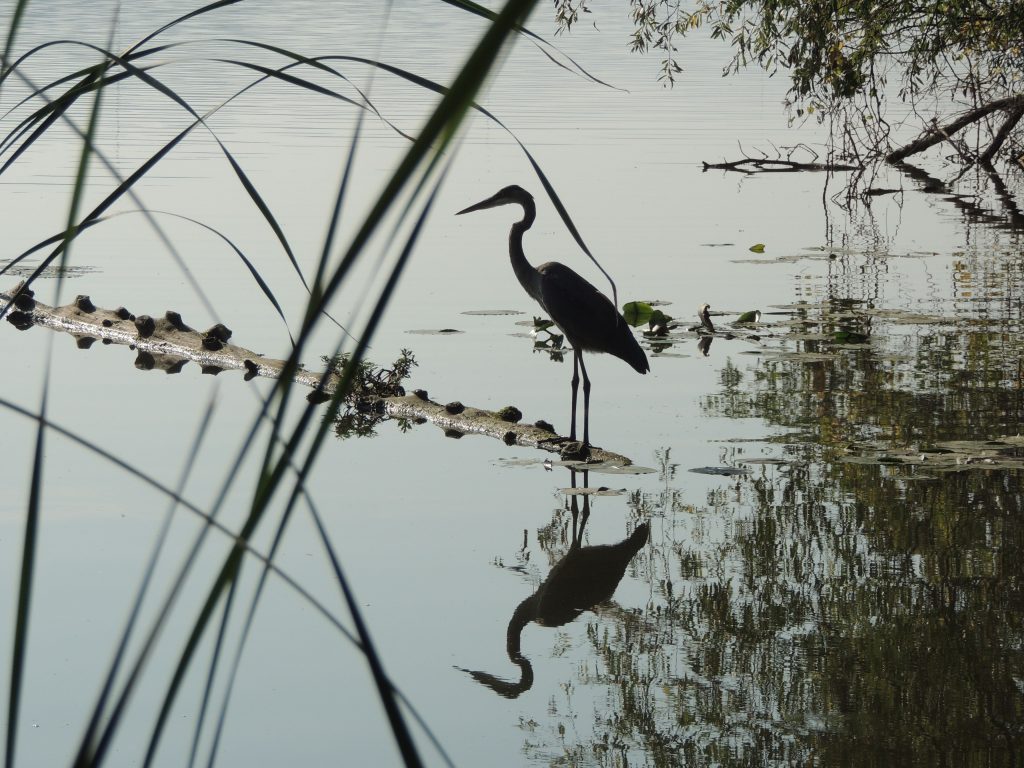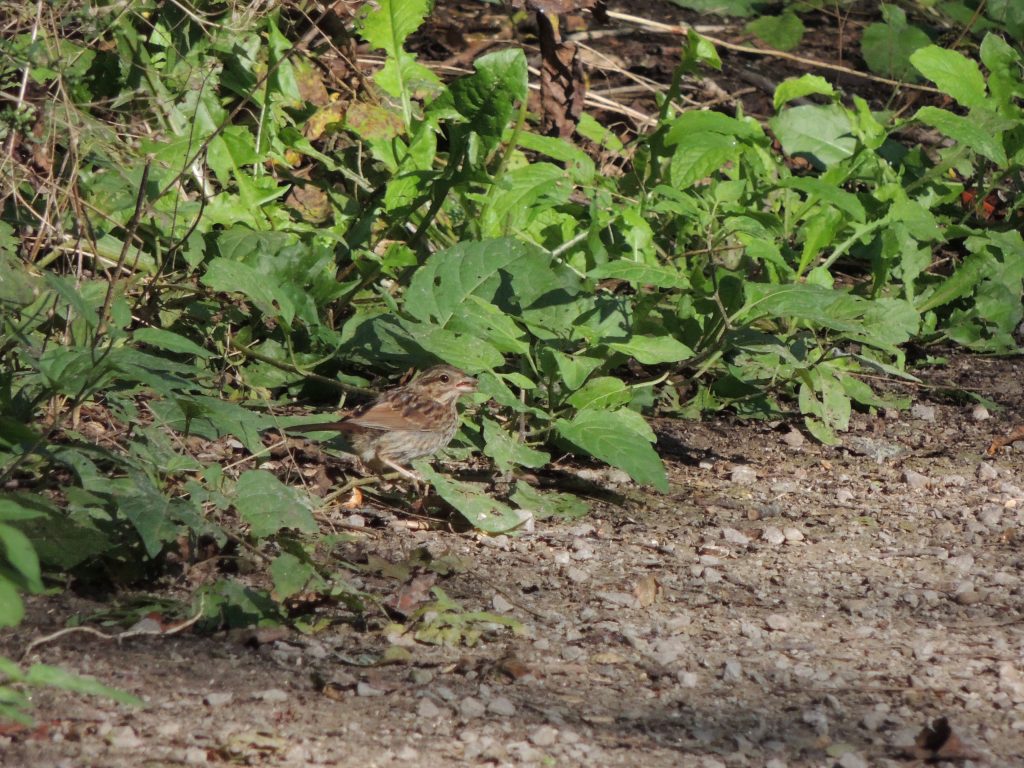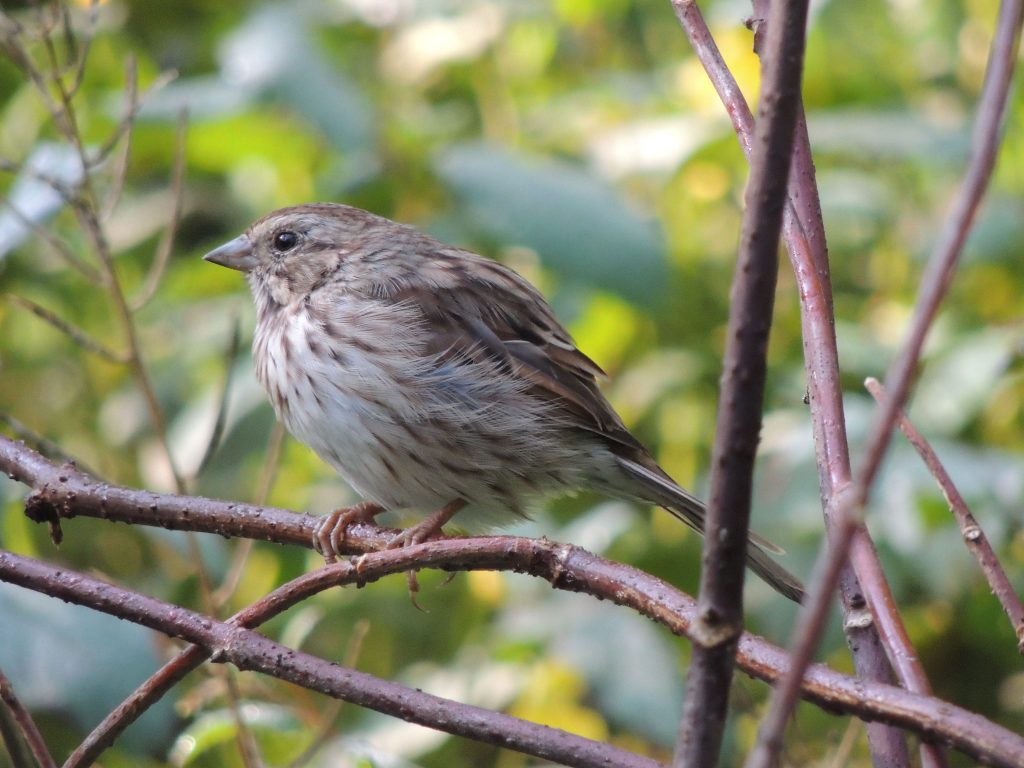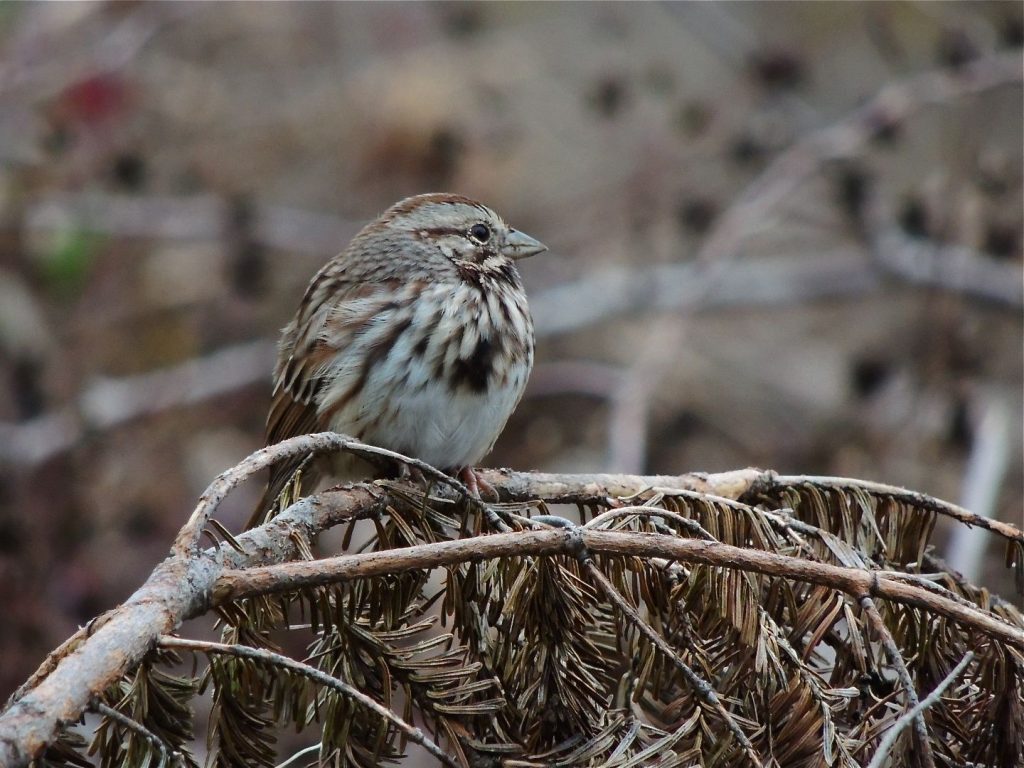October 5th 2017. RBG Hendrie Valley, Burlington, ON. It was a glorious morning to be out birding, the sort of day that the Great Masters might have painted glowing radiant light. There would have been mythical creatures peacefully attending gentlefolk, heavenly hosts gazing beatifically from distant clouds and of course birds decorating the landscape. While we didn’t manage the entire composition we certainly had birds decorating the landscape.
I’m sure today was International White-throated Sparrow Day, they were everywhere. You can grow a little tired of some over-abundant species, Red-winged Blackbirds come to mind, but not the White-throated Sparrow. As sparrows go they are pretty, the browns are rich, the black and white striped head is bold and the white bib (when evident, because it isn’t always) modestly charming. They have a distinctive spring and summer song, which is reduced to a sibilant whisper at this time of year; instead we recognize them now by a rather short metallic chip note, “plink’. I was supposed to be counting them and tallied ninety but I’ll bet there were ten times as many around the valley.
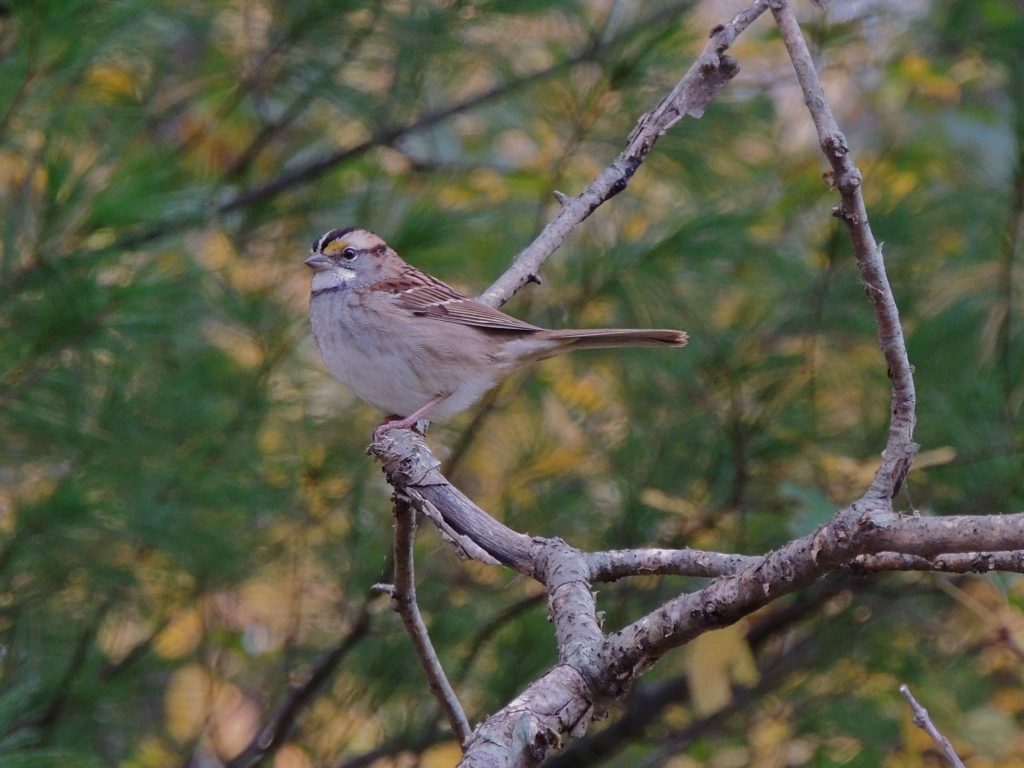
Coming a close second in abundance were Myrtle Warblers. At this time of year they are comparatively drab and were it not for their signature yellow rump they might cause a lot of confusion. I counted just over thirty but again, for every one I counted I’ll bet there was another dozen.
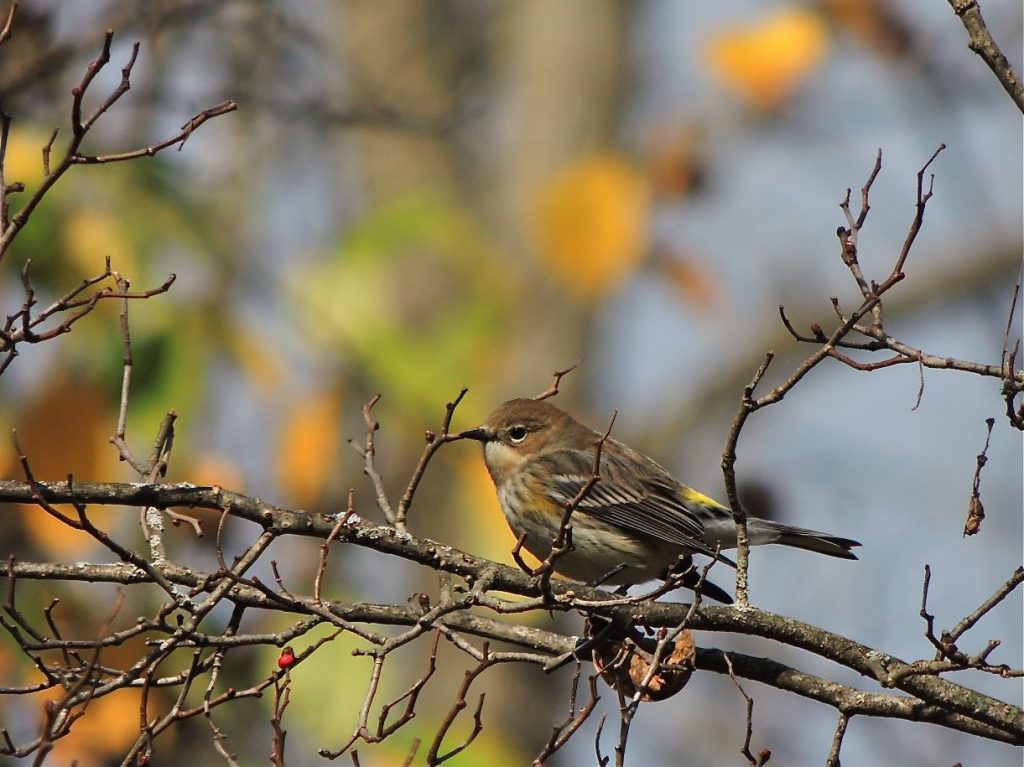
These two species are on my long list of small-f favourites, not for any special reason, I just like them and the day might have been satisfying enough with them alone, but many more surprises were to come. My list for the day hold ones and twos of many species which I had assumed had left for good some days or even weeks ago: a Nashville Warbler, two Palm Warblers, an Eastern Phoebe, a Philadelphia Vireo, two Rose-breasted Grosbeaks and – My Bird of the Day a Brown Thrasher which certainly invoked my Wow! response.
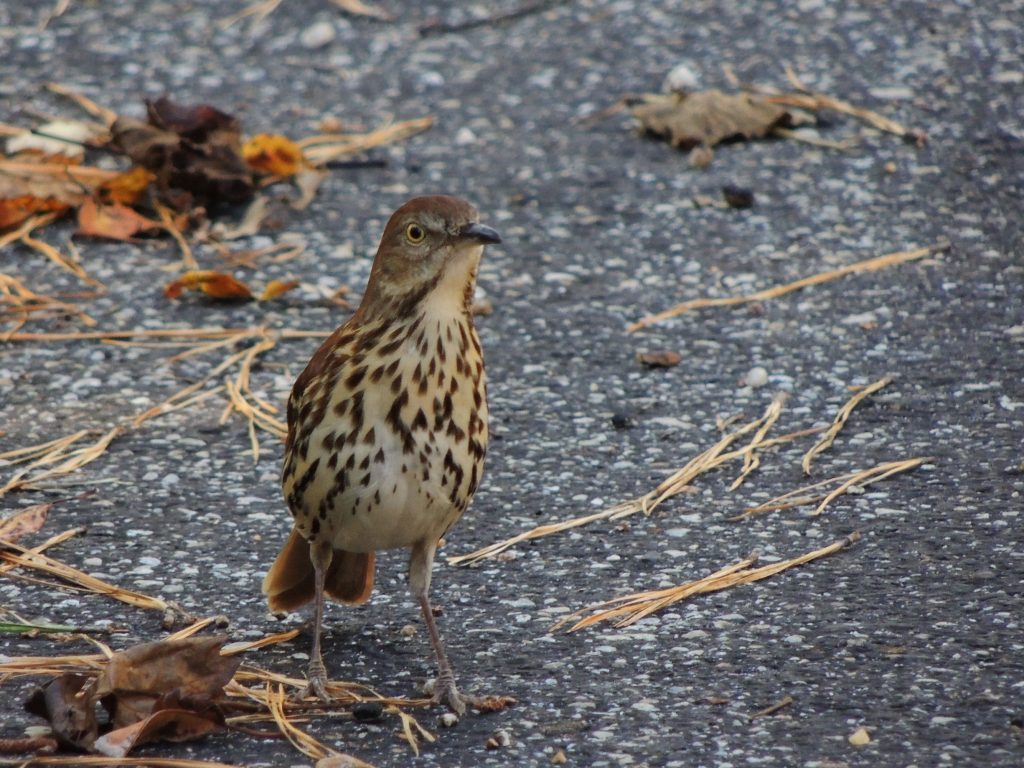
I thought Brown Thrashers had left for good a month or so ago, wrongly it turns out; I certainly hadn’t seen one since mid-late August. But there it was, feasting shyly on the thick bunches of Virginia Creeper fruit. Searching various reference books I’ve learned that Brown Thrashers don’t need to go very far south to find suitable winter quarters and may sometimes be found here during the coldest months. Well, not so unusual I suppose, but still My Bird of the Day, it too is in my long list of small-f favourites.
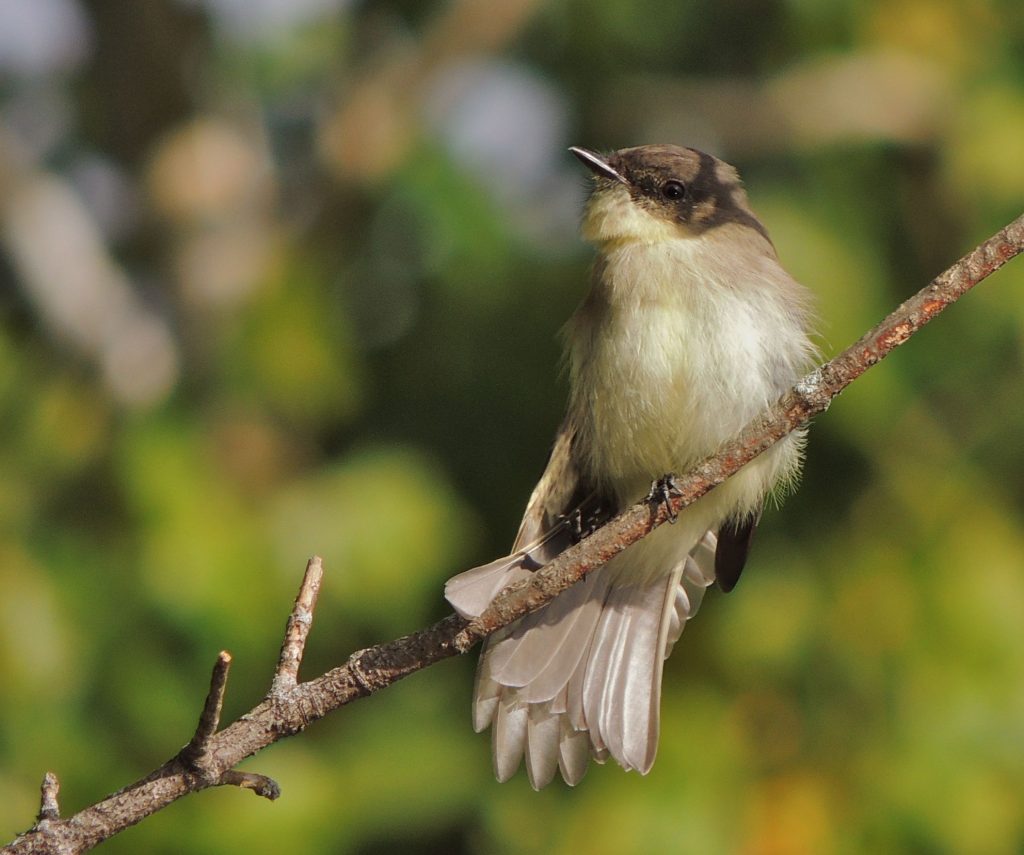
The drama of the day came while I was looking down across a pond holding passive Wood Ducks and Mallards, I heard a brief splash and caught the vanishing sight of a Peregrine Falcon climbing strongly away from the pond and heading to the crest of a line of tall oaks. It was one of those fleeting Peregrine glimpses and I assume the splash was a panicked but still alive duck, the falcon left empty handed.
